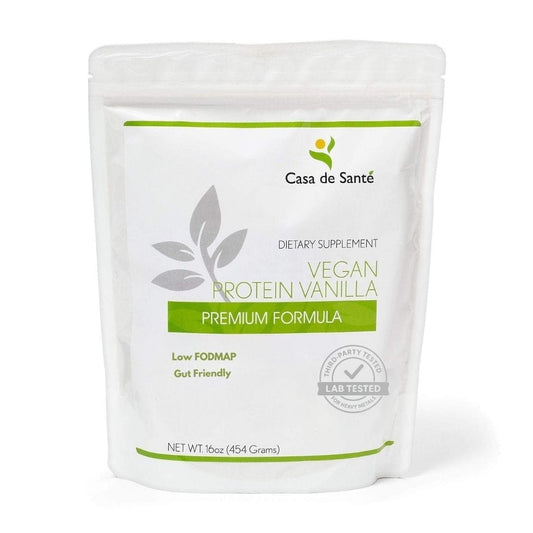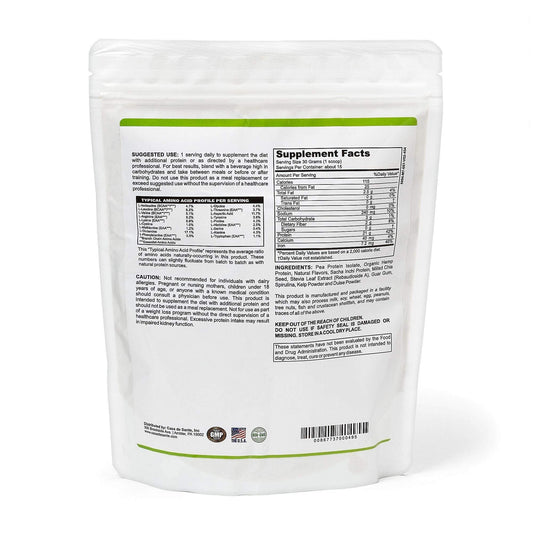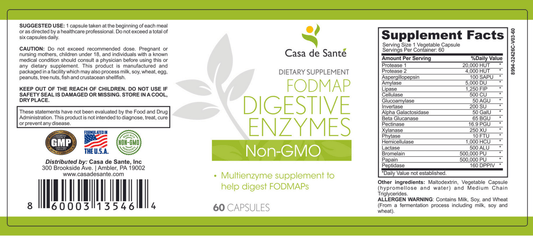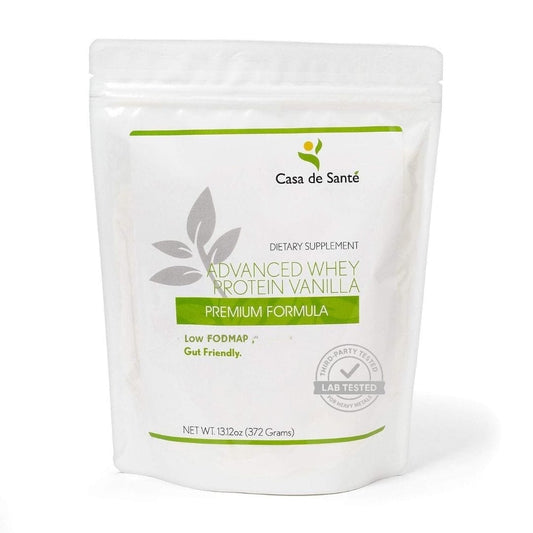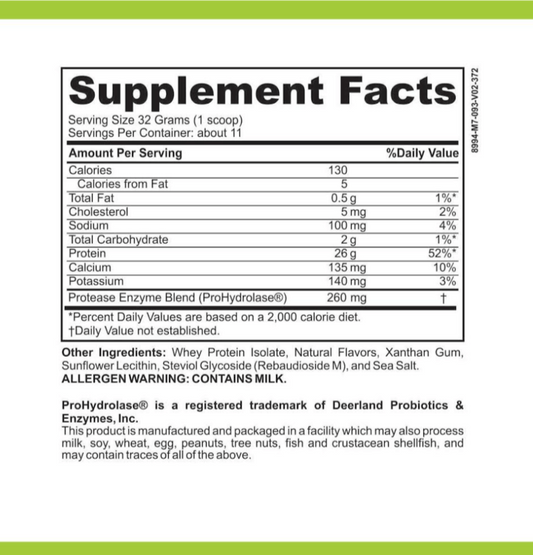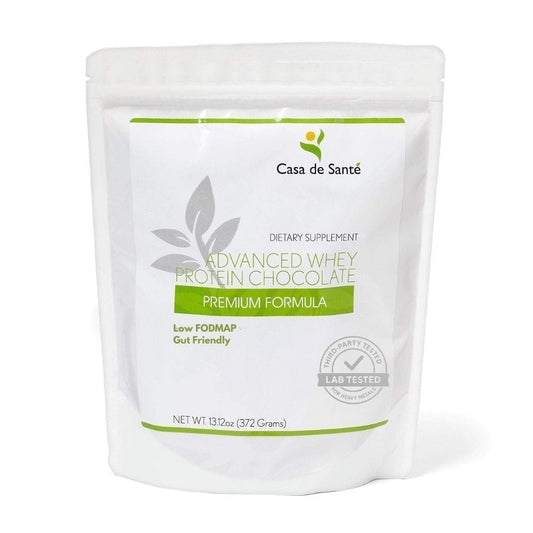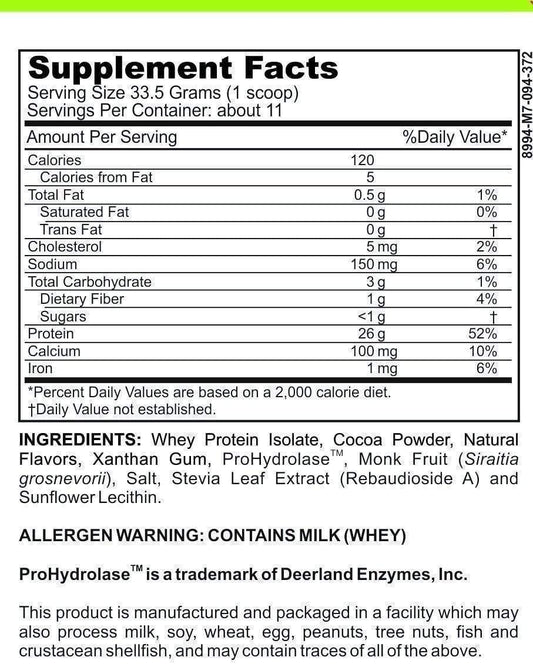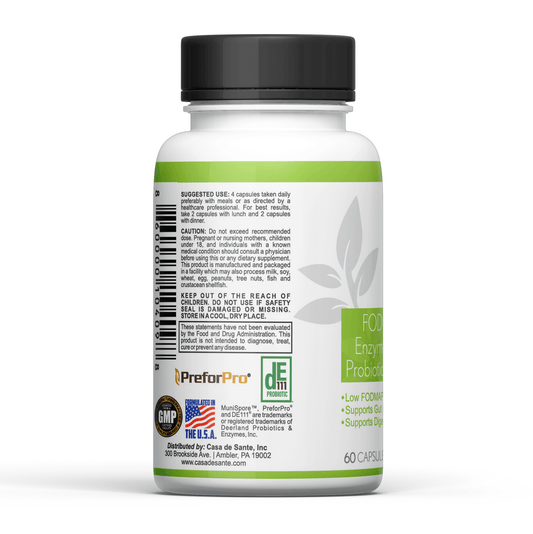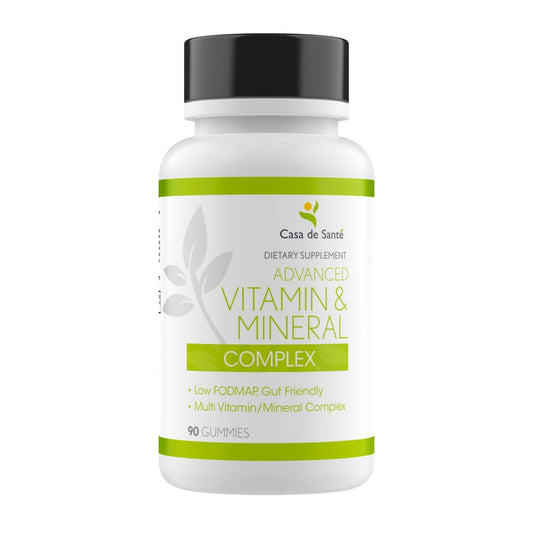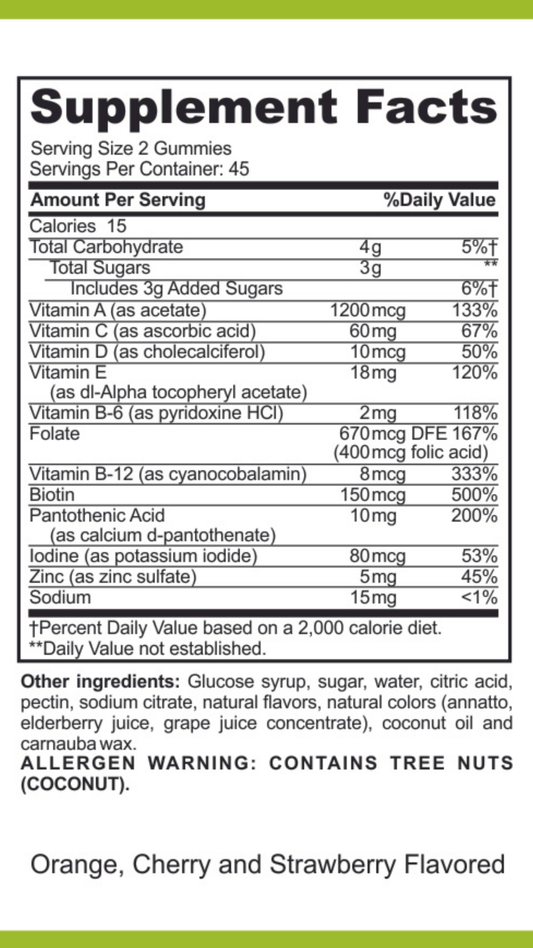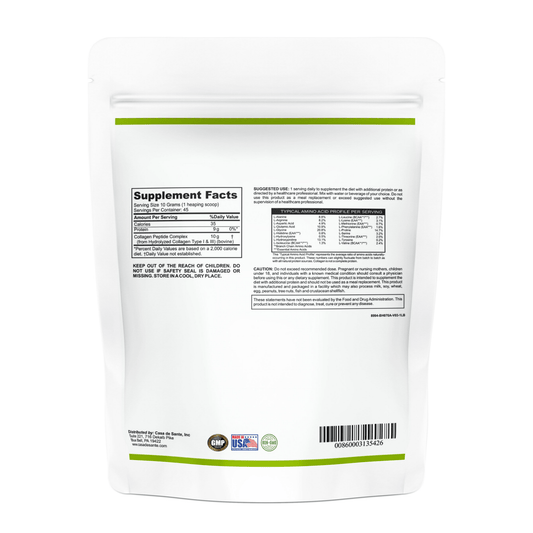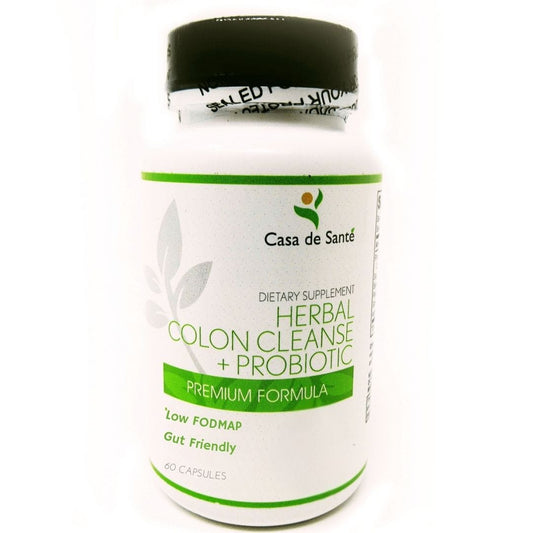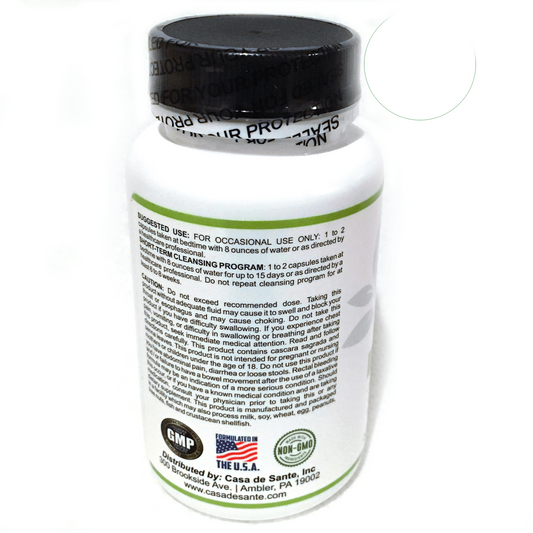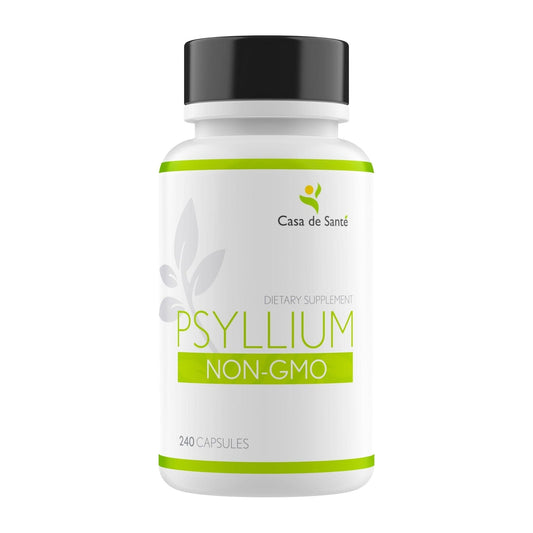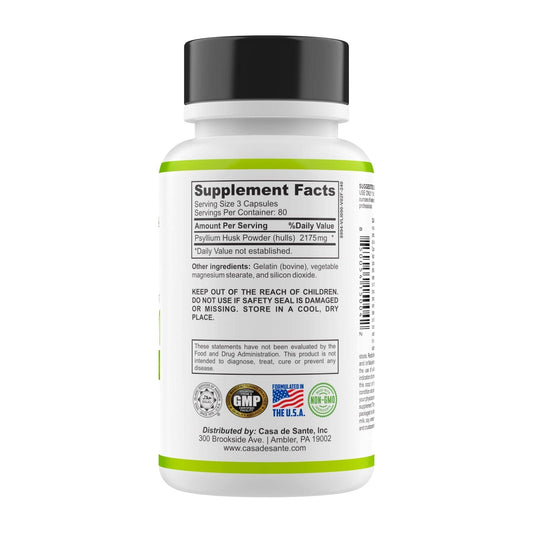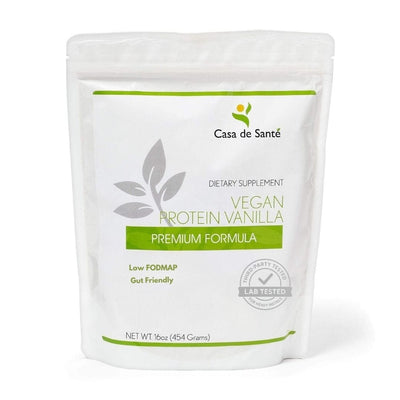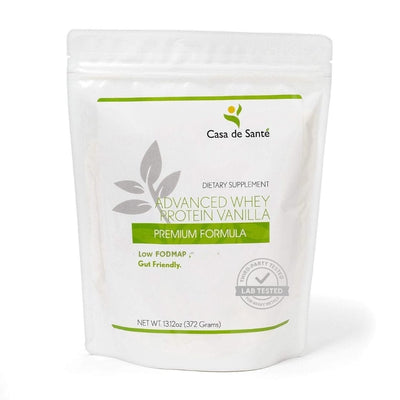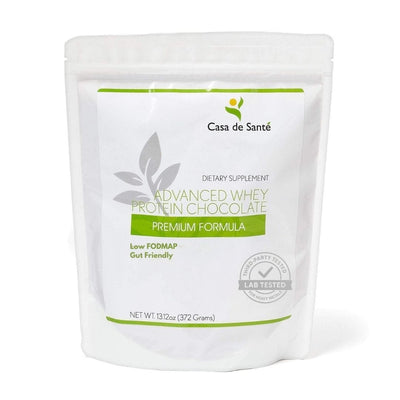Understanding The October Slide: Navigating Chronic Illness Flares as Fall Approaches
As the leaves start to change and the air turns crisp, many people feel the excitement of fall. But for those living with chronic illnesses, this season can bring a different kind of change—often referred to as the October Slide. This phenomenon can lead to an increase in symptoms, fatigue, and overall discomfort. Understanding how to manage these changes is key to navigating this challenging time of year. In this article, we’ll explore what the October Slide is, the factors that contribute to it, and some strategies to help you cope with the seasonal shift.
Key Takeaways
- The October Slide refers to a worsening of chronic illness symptoms during the fall months.
- Weather changes, decreased sunlight, and increased allergens can all contribute to flare-ups.
- Staying consistent with routines, nutrition, and hydration can help manage symptoms.
- Communicating with healthcare providers is essential for adjusting treatment plans as needed.
- Connecting with community support can provide valuable resources and encouragement during this time.
Understanding The October Slide: Chronic Illness Flares in the Fall

Defining The October Slide
The "October Slide" isn't a medically recognized term, but it's widely understood within the chronic illness community. It describes a noticeable worsening of symptoms that many people with conditions like fibromyalgia, ME/CFS, and chronic migraine experience as fall progresses. Think of it as your body's way of reacting to the changing season, often resulting in increased pain, fatigue, and a general feeling of being unwell. It's important to recognize this pattern so you can proactively manage your health. The October slide can be tough, but understanding it is the first step.
Common Symptoms During The October Slide
The symptoms of the October Slide can vary from person to person, depending on their specific chronic illness. However, some common complaints include:
- Increased fatigue and decreased energy levels
- Worsening pain, including muscle aches and joint pain
- More frequent or intense headaches and migraines
- Digestive issues, such as bloating, constipation, or diarrhea
- Mood changes, including increased anxiety or depression
It's also not uncommon to experience a general feeling of being more sensitive to stimuli, such as light, sound, or smells. Keeping a symptom journal can help you track what you're experiencing and identify triggers. If you are experiencing any of these symptoms, it may be time to consider adjusting treatment plans.
The Impact of Seasonal Changes
Seasonal changes play a significant role in triggering the October Slide. The shift in weather patterns, with colder temperatures and increased precipitation, can directly affect the body's inflammatory response. Decreased sunlight hours can disrupt our circadian rhythms and lower vitamin D levels, both of which are vital for immune function and mood regulation. The increase in allergens, like mold and dust mites, can also exacerbate respiratory symptoms and contribute to overall inflammation. It's a perfect storm of environmental factors that can overwhelm already compromised systems. Many people find that cold weather can exacerbate symptoms of chronic illnesses such as psoriasis, asthma, Raynaud's disease, and arthritis.
Factors Contributing To Chronic Illness Flares
Weather Changes and Their Effects
Okay, so the weather. It's not just small talk, it really messes with chronic illnesses. Changes in temperature, humidity, and barometric pressure can all trigger flares. For example, a sudden drop in barometric pressure can lead to increased joint pain. It's like your body is extra sensitive to every little shift in the atmosphere. I know that understanding this link can help you manage pain.
Decreased Sunlight and Vitamin D Levels
As fall rolls around, the days get shorter, and we're all spending less time soaking up the sun. This can lead to lower levels of vitamin D, which plays a big role in immune function and mood regulation. A lack of sunlight can really affect your mood. It's a bummer, but there are things you can do.
Here are some things that can happen:
- Fatigue
- Depression
- Weakened immune system
Increased Allergens and Seasonal Illnesses
Fall isn't just about pretty leaves; it's also prime time for allergens like mold and ragweed. Plus, it's when cold and flu season starts to ramp up. All these things can put extra stress on your body, making you more likely to experience a flare. It's like your immune system is constantly fighting battles on multiple fronts. It's important to be aware of changes in barometric pressure and how they affect you.
Dealing with chronic illness is hard enough without seasonal changes throwing a wrench into things. It's important to recognize these factors so you can take steps to manage them.
Coping Strategies For The October Slide
Maintaining a Consistent Routine
When the October Slide hits, it's super tempting to just curl up and hide. But honestly, that can make things worse. Sticking to a routine, even a simplified one, can really help ground you. Think about it: waking up around the same time each day, eating meals at regular intervals, and scheduling in some kind of activity (even if it's just a short walk or some stretching) can provide a sense of normalcy and control when everything else feels chaotic. It's not about being perfect; it's about giving your body and mind a framework to work with.
Prioritizing Nutrition and Hydration
Okay, so this is a big one. When you're feeling crummy, it's easy to reach for comfort food, but that's often a recipe for disaster. Focus on nourishing your body with foods that actually make you feel good. Think fruits, vegetables, lean proteins, and whole grains. And don't forget about hydration! Dehydration can worsen a lot of chronic illness symptoms, so keep a water bottle handy and sip on it throughout the day. I find that adding some lemon or cucumber to my water makes it more appealing.
Incorporating Gentle Exercise
I know, I know, exercise is probably the last thing you want to do when you're dealing with a flare. But hear me out: gentle movement can actually be really beneficial. We're not talking about running a marathon here. Think about things like:
- Short walks
- Stretching
- Yoga
- Tai Chi
The goal is to get your blood flowing and your muscles moving without overdoing it. Listen to your body and stop if you start to feel worse. Even 10-15 minutes of gentle exercise can make a difference. Remember to minimize exposure to low temperatures when exercising outdoors.
It's all about finding what works for you and being kind to yourself. Don't push yourself too hard, and don't be afraid to modify activities to fit your current abilities. The October Slide is a marathon, not a sprint, so pace yourself and focus on sustainable strategies that you can incorporate into your daily life.
The Importance of Medical Support

The shift into fall can really throw a wrench into things when you're dealing with a chronic illness. It's super important to lean on your medical team during this time. They're there to help you navigate the challenges and make sure you're getting the best possible care.
Communicating With Healthcare Providers
Don't hesitate to reach out to your doctor or specialist. Keeping them in the loop about any changes in your symptoms is key. It's easy to think you can handle it on your own, but they can offer valuable insights and adjustments to your care plan. I know it can be a pain to call, but it's worth it.
Adjusting Treatment Plans
Your current treatment plan might need a little tweaking as the seasons change. Fall flares can be different, and your doctor can help you adjust medications, therapies, or lifestyle recommendations to better manage your symptoms. Maybe you need a higher dose of something, or maybe you need to try something new altogether.
Monitoring Symptoms Effectively
Keeping a close eye on your symptoms is always a good idea, but it's especially important during the October slide.
Here's a few things you can do:
- Keep a symptom journal.
- Use a tracking app.
- Note any changes in severity or frequency.
By tracking your symptoms, you can identify triggers and patterns, which can help you and your doctor make informed decisions about your care. It's like being a detective, but instead of solving a crime, you're solving the mystery of your own body.
Community Support and Resources
It's easy to feel isolated when dealing with chronic illness, especially during seasonal flares like the October Slide. But remember, you're not alone. Connecting with others who understand can make a huge difference.
Connecting With Others Experiencing The Slide
One of the most helpful things you can do is find people who get it. Sharing your experiences and hearing from others facing similar challenges can reduce feelings of isolation and provide a sense of validation. Look for local support groups or online forums where you can connect with individuals who understand the ups and downs of chronic illness. Sometimes just knowing someone else is going through the same thing can be incredibly comforting. It's also a great way to learn new coping strategies and resources that have worked for others.
Finding Online Support Groups
Online support groups can be a lifeline, especially when leaving the house feels difficult. There are tons of options out there, catering to different conditions and interests. Facebook groups, online forums, and even some apps offer spaces to connect, share stories, and ask for advice. When choosing a group, consider its size, moderation policies, and the overall tone to ensure it's a good fit for you. Remember to protect your privacy and be mindful of the information you share. You can find a resource library online to help you get started.
Utilizing Journals and Tracking Tools
Sometimes, connecting with yourself can be just as important as connecting with others. Keeping a journal can help you track your symptoms, identify triggers, and process your emotions. There are also many apps and online tools designed specifically for tracking chronic illness symptoms, medications, and lifestyle factors. These tools can provide valuable insights into your condition and help you communicate more effectively with your healthcare team.
Tracking your symptoms and experiences can also help you identify patterns and triggers that might be contributing to your flares. This information can be invaluable in developing a more personalized management plan.
Self-Care Practices During Fall
Fall can be a tricky time, especially when you're dealing with a chronic illness. The changing weather and shorter days can really throw things off. That's why it's super important to focus on self-care during this season. It's not just about pampering yourself; it's about actively managing your well-being to minimize the impact of the "October Slide."
Establishing Relaxation Techniques
Finding ways to relax is key. Stress can make chronic illness symptoms worse, so it's important to have some go-to relaxation techniques. This could be anything from deep breathing exercises to listening to calming music. Maybe try a guided meditation app or even just spending some time in nature, if the weather allows. The goal is to find something that helps you de-stress and unwind, even if it's just for a few minutes each day. It's also a good idea to exercise with POTS to help with relaxation.
Creating a Comfortable Environment
Your home should be your sanctuary, especially during the fall. Make sure your living space is cozy and comfortable. This might mean investing in some warm blankets, soft lighting, or an aromatherapy diffuser. Think about what makes you feel good and incorporate those elements into your environment. If you're sensitive to light, consider blackout curtains to help regulate your sleep. A comfortable environment can really make a difference in your overall well-being. It's also important to boost your immunity to help with relaxation.
Engaging in Mindfulness and Meditation
Mindfulness and meditation can be powerful tools for managing chronic illness symptoms. These practices can help you become more aware of your body and your thoughts, which can make it easier to cope with pain and stress. You don't need to be an expert meditator to benefit from these techniques. Even just a few minutes of mindful breathing each day can make a difference. There are tons of apps and online resources that can guide you through mindfulness exercises. Embracing the slow, cosy tone of the season can be a powerful coping mechanism.
Taking time for yourself isn't selfish; it's necessary. When you're dealing with a chronic illness, self-care becomes even more important. It's about finding ways to manage your symptoms, reduce stress, and improve your overall quality of life. Don't be afraid to prioritize your well-being, even if it means saying no to other commitments. Your health is worth it.
Here are some ideas to get you started:
- Practice deep breathing exercises for 5 minutes each day.
- Listen to calming music or nature sounds.
- Take a warm bath with Epsom salts.
- Spend time in nature, if possible.
- Read a book or watch a movie that you enjoy.
Preparing For Seasonal Changes
Planning Ahead for Flare Management
It's smart to get ready for potential flares before they hit. Think about what triggers your symptoms and how you usually handle them. Make a simple plan you can easily follow when things get tough. This might include knowing when to rest, what meds to take, or which activities to avoid. I know for me, big meals can trigger my symptoms, so I try to plan smaller, more frequent meals during the fall.
Stocking Up on Essential Supplies
Make sure you have everything you need on hand. This means medications, of course, but also things like tissues, throat lozenges, and maybe even some easy-to-prepare meals. It's also a good idea to check your supply of things like humidifiers and heating pads. I like to prepare for winter hazards by making sure I have extra blankets and warm socks, too.
Here's a quick list of things to consider:
- Prescription medications
- Over-the-counter pain relievers
- Comfort items like blankets and heating pads
- Easy-to-prepare foods
Setting Realistic Goals for Activities
Fall can be a beautiful time of year, but it's important to be realistic about what you can handle. Don't overschedule yourself or feel pressured to do more than you're able to. Listen to your body and adjust your plans as needed. It's okay to say no to things! I find that if I set small, achievable goals, I'm less likely to get overwhelmed and more likely to enjoy the season. For example, instead of planning a huge Thanksgiving feast, maybe suggest a potluck where everyone brings a dish. That way, you can still enjoy the holiday without exhausting yourself.
It's easy to get caught up in the excitement of the season, but remember that your health comes first. Don't be afraid to prioritize rest and self-care, even if it means missing out on some activities. Your friends and family will understand, and you'll be better able to enjoy the things you do participate in.
Wrapping Up: Embracing the October Slide
As we wrap up our discussion on the October Slide, it’s clear that this time of year can be a mixed bag for those of us with chronic illnesses. Sure, the fall brings cozy sweaters and pumpkin spice everything, but it can also mean a tough few weeks ahead. The key is to be ready for it. By planning ahead and sticking to your routines, you can help ease some of the bumps along the way. Remember, you’re not alone in this. Sharing experiences and tips in the comments can really help us all feel a bit better. So, how do you handle the October Slide? Let’s keep the conversation going!
Frequently Asked Questions
What is the October Slide?
The October Slide is when people with chronic illnesses notice their symptoms get worse as autumn begins. It refers to the decline in health that many experience during this time.
What are some common symptoms during the October Slide?
Common symptoms include increased fatigue, more pain, headaches, and feeling generally unwell. Many people find it harder to manage their daily activities.
How does the weather affect chronic illness?
Changes in weather, like colder temperatures and lower sunlight, can worsen symptoms. The drop in temperature and humidity can make some chronic conditions feel worse.
What can I do to manage my symptoms during this time?
To manage symptoms, try sticking to a routine, eating healthy foods, staying hydrated, and doing gentle exercises. These can help keep your energy levels up.
How important is it to talk to my doctor during the October Slide?
It's very important to keep in touch with your healthcare provider. They can help adjust your treatment plan and provide support as your symptoms change.
Where can I find support for my chronic illness?
You can find support by connecting with others who understand your experience, joining online groups, or using journals to track your symptoms and feelings.

